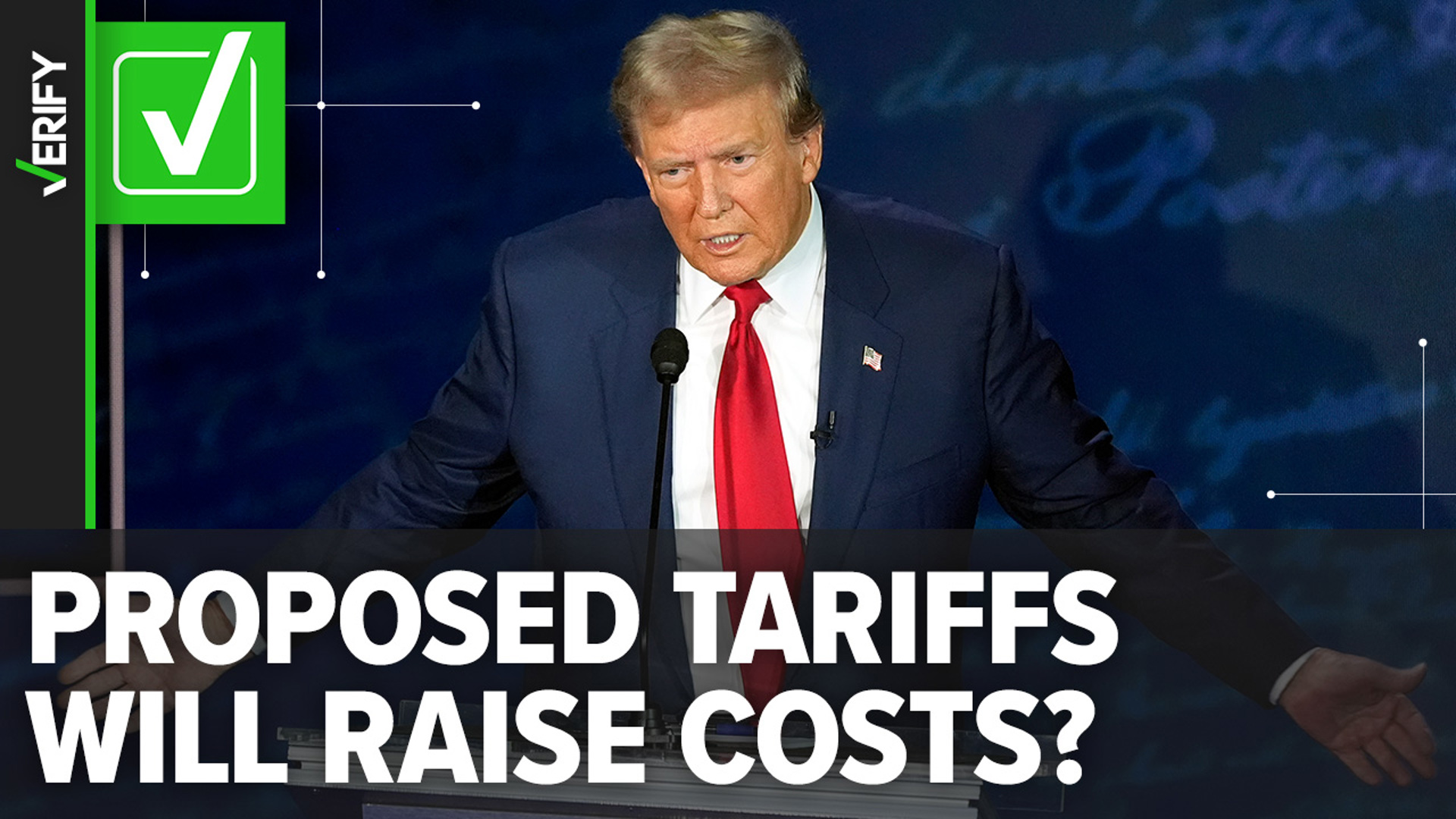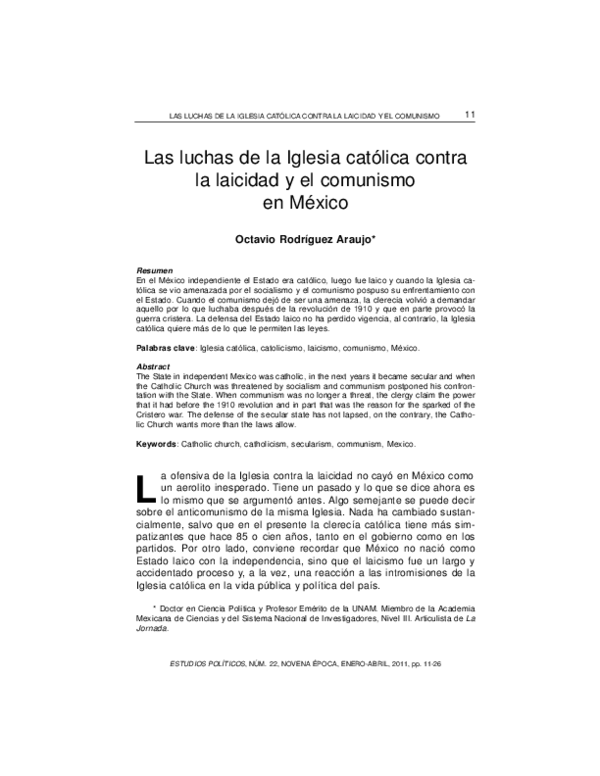How Trump's Tariffs Harmed Small Businesses: The Untold Story

Table of Contents
Increased Costs and Reduced Profit Margins
The immediate and most significant impact of Trump's tariffs on small businesses was a dramatic increase in costs, squeezing profit margins and threatening viability.
Rising Input Prices
Tariffs directly increased the cost of raw materials, components, and finished goods imported from targeted countries. This ripple effect impacted numerous sectors.
- Manufacturing: Businesses relying on imported steel, aluminum, and other materials faced substantial price hikes, impacting production costs and competitiveness. For example, furniture manufacturers saw the cost of imported wood skyrocket, forcing them to either absorb the losses or raise prices, potentially losing customers in a competitive market.
- Agriculture: Farmers and food processors heavily reliant on imported fertilizers, machinery, and packaging experienced significant cost increases, impacting their profitability and ability to compete globally. The price of soybeans, for example, was significantly affected by retaliatory tariffs imposed by China.
- Retail: Retailers selling imported goods faced higher costs, reducing their profit margins and forcing them to either absorb the increased costs or pass them on to consumers, potentially leading to decreased sales.
Data from the Bureau of Economic Analysis and other sources clearly illustrate the substantial price increases across various sectors during this period, demonstrating the direct link between Trump's tariffs and rising input costs. These price increases significantly disrupted supply chains, leading to delays and shortages.
Difficulty Passing on Costs to Consumers
Many small businesses found it challenging to pass increased costs onto consumers due to intense competition and price-sensitive markets.
- Maintaining Profitability: Businesses with thin margins struggled to absorb the tariff-related cost increases without impacting their profitability. This resulted in reduced income and difficulty reinvesting in their businesses.
- Loss of Market Share: Raising prices to offset tariff-related costs often led to a loss of market share, as consumers opted for cheaper alternatives or switched to competitors who were better positioned to manage the added expenses.
- Mitigating Cost Increases: Small businesses employed various strategies to mitigate cost increases, including exploring alternative suppliers, renegotiating contracts, and streamlining operations. However, these measures were often insufficient to fully offset the negative impact of the tariffs.
Reduced Market Access and Competition
Trump's tariffs not only increased costs but also significantly reduced market access and intensified competition for small businesses.
Retaliatory Tariffs
Foreign countries responded to Trump's tariffs with retaliatory tariffs on US exports, directly harming small businesses involved in international trade.
- Agricultural Exports: US agricultural producers, particularly those exporting to China, experienced significant declines in export volumes and revenues due to retaliatory tariffs. This led to financial hardship and reduced farm income.
- Manufactured Goods: Manufacturers exporting goods to countries that implemented retaliatory tariffs suffered decreased demand and revenue, further impacting their already strained finances.
- Impact on International Trade Relationships: The trade war created significant uncertainty and damaged long-standing international trade relationships, making it harder for small businesses to operate in a predictable global market.
Increased Competition from Domestic Giants
Large corporations, with greater financial resources and economies of scale, were better positioned to absorb tariff-related costs, giving them a significant competitive advantage over smaller firms.
- Struggling Against Larger Competitors: Small businesses found themselves competing against larger corporations that could more easily manage tariff-related increases, leading to a loss of market share and decreased profitability for smaller players.
- Loss of Market Share: The inability to compete effectively on price forced many small businesses to lose market share to larger, more resilient competitors.
- Difficulties in Accessing Capital and Investment: The economic uncertainty generated by the trade war made it harder for small businesses to secure loans and investments, further hindering their ability to compete and grow.
Access to Credit and Financing
The economic uncertainty created by Trump's tariffs significantly impacted small businesses' access to credit and financing, exacerbating existing challenges.
Reduced Investment and Lending
The volatile economic environment and increased risk perception among lenders made it harder for small businesses to secure loans and investments.
- Data on Loan Applications and Approvals: Data indicates a decline in loan applications and approvals for small businesses during the tariff period, reflecting the increased reluctance of lenders to extend credit in an uncertain environment.
- Impact on Business Expansion and Growth: The difficulty in accessing capital hampered business expansion plans, hindering growth and limiting opportunities for innovation and investment.
- Increased Risk Perception by Lenders: Lenders perceived increased risk in lending to small businesses operating in a volatile market, leading to tighter credit conditions and higher interest rates.
Cash Flow Problems and Business Closure
The combination of increased costs, reduced revenue, and difficulties in managing cash flow led to significant cash flow problems for many small businesses, ultimately resulting in closures.
- Statistics on Small Business Closures: Data suggests a notable increase in small business closures during the period of increased tariffs, highlighting the devastating impact of the trade war on the small business sector.
- Anecdotal Evidence from Impacted Businesses: Numerous anecdotal accounts from businesses across different sectors illustrate the financial struggles and eventual closures caused by the tariffs.
- Long-Term Consequences for Local Economies: The closure of small businesses had significant ripple effects on local economies, leading to job losses, decreased consumer spending, and reduced economic activity.
Conclusion
Trump's tariffs had a profound and largely negative impact on small businesses across the US economy. Increased input costs, reduced market access, and difficulties in securing financing led to decreased profitability, lost market share, and, in many cases, business closures. The economic consequences extended beyond individual businesses, affecting local economies and highlighting the vulnerability of small enterprises to large-scale trade policy decisions. Understanding the devastating consequences of these policies is crucial for future economic planning and trade negotiations. The effects of Trump's tariffs serve as a stark reminder of the importance of carefully considering the impact of trade policies on small businesses.
Call to Action: Learn more about the lasting effects of Trump's tariffs on small businesses and advocate for policies that protect and support small business growth. Understanding the impact of trade policies on small businesses is essential to fostering a more resilient and equitable economy. Support legislation that protects small businesses from the negative consequences of poorly considered trade policies.

Featured Posts
-
 Montego Bay Jamaica Activities And Attractions
May 12, 2025
Montego Bay Jamaica Activities And Attractions
May 12, 2025 -
 Apres 25 Ans Au Bayern Thomas Mueller Tire Sa Reverence
May 12, 2025
Apres 25 Ans Au Bayern Thomas Mueller Tire Sa Reverence
May 12, 2025 -
 Uruguay Laicidad Y El Nombre De La Semana Santa Una Mirada A Su Historia
May 12, 2025
Uruguay Laicidad Y El Nombre De La Semana Santa Una Mirada A Su Historia
May 12, 2025 -
 Tom Conrads Vision An In Depth Interview On Sonos Future
May 12, 2025
Tom Conrads Vision An In Depth Interview On Sonos Future
May 12, 2025 -
 Dans Quoi Investir Le Guide Complet Pour Debutants
May 12, 2025
Dans Quoi Investir Le Guide Complet Pour Debutants
May 12, 2025
